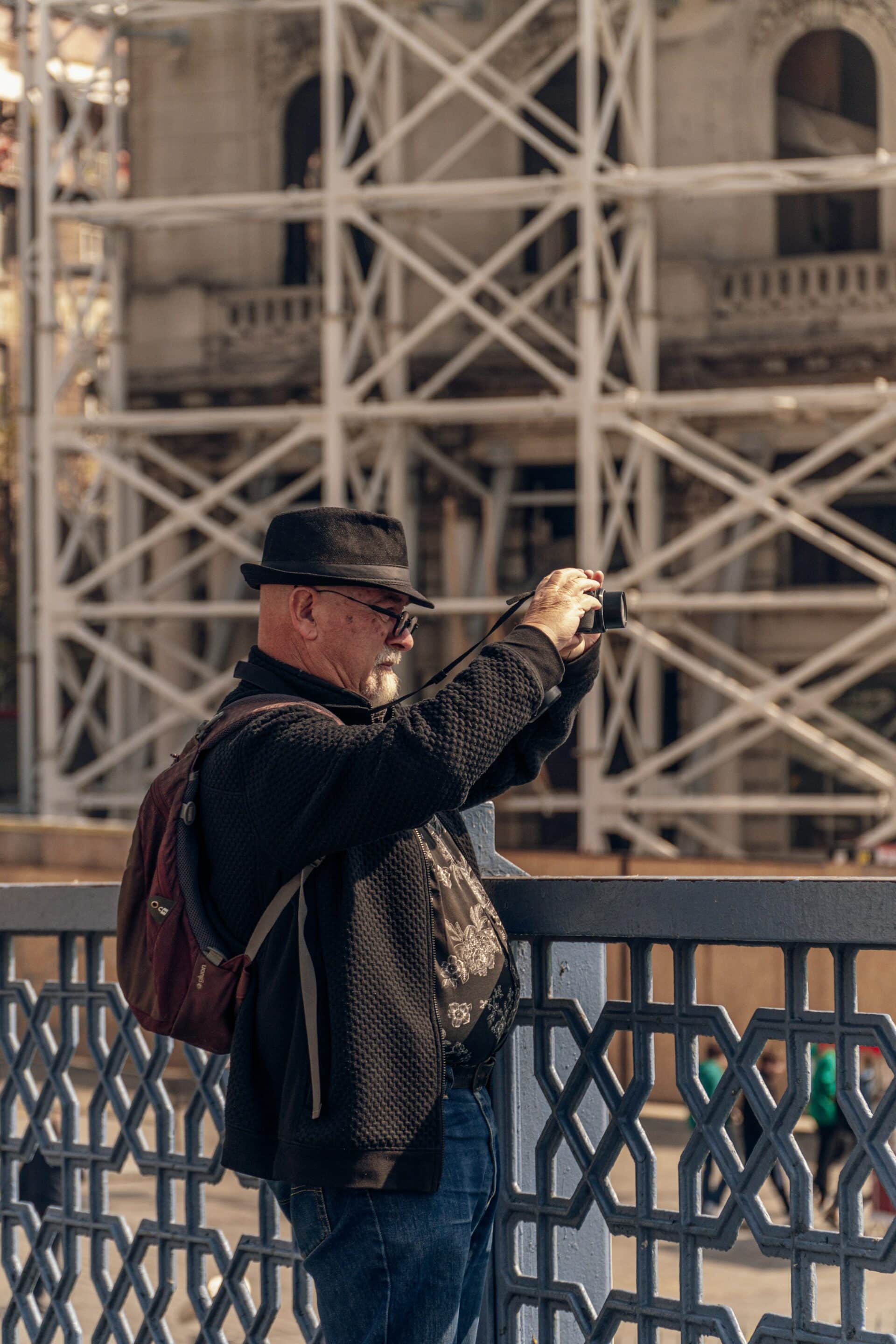Site photography documents the condition of the site before, during, and after construction and provides useful information to those involved in the design process. Insufficient documentation of site photography can greatly reduce its value. Many Consultants find a serious lack of or no documentation in project files regarding who took the pictures, when they were taken, and why they were taken. Some of these problems are eliminated with the advent of digital photography as the date can be conveniently embedded in the data. GPS data can also be added in sophisticated camera systems. These options are set up within the software of the camera before taking pictures. Documentation of digital imaging can become a larger chore because there are generally more photos taken and the documentation can become overwhelming, leading to procrastination or not doing it at all. Immediate documentation should be a high priority.
Managing documentation of site photography may be improved by using the following suggestions:
- Plan the photo shoot before you leave the office. Prepare a customized Photo Log that you have readily available on a clip board as you take the pictures. The finalized photo log can be scanned and combined with the photos in the electronic Project File.
- Be sure that there is enough storage capacity in the camera – take more pictures than you think you will need. Edit out unnecessary photos soon after taking the pictures.
- Take some measuring device, such as a folding rule or yard stick that can be included in a picture for a scale reference.
- Take pictures of things like street signs or project entrance signs as references for the other pictures.
- Frame the pictures such that you get the most detail of the subject without a lot of irrelevant information around the important subject.
- On particularly wide scenes, take several pictures that can later be stitched together to make a panoramic scene. Most cell phones now have taking panoramic pictures built into the phones. Use the horizon as a reference and keep it in the same vertical position on each frame. Select an object at the edge of one picture and be sure that the next picture contains the object if you plan to stitch several photos together.
- Download the pictures from the camera to a computer as quickly as possible and annotate the Photo Log while memories of the photo shoot are still fresh. Quickly transfer the pictures and the finalized photo log into the official electronic Project File.
A Photo Tracking Log in editable MS Word is available on my Website.




